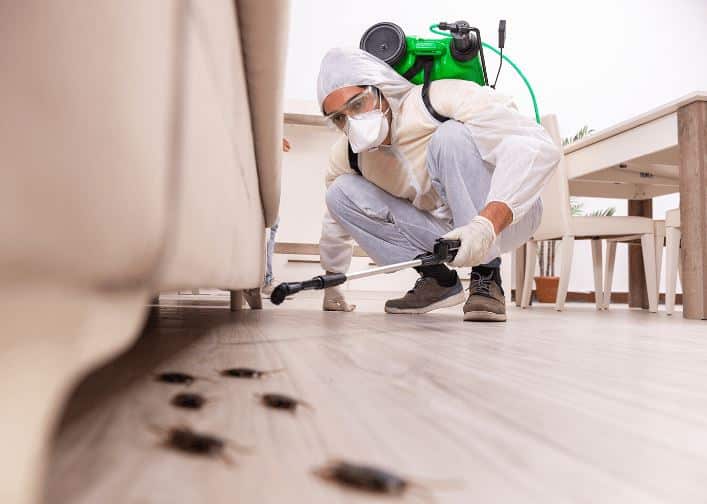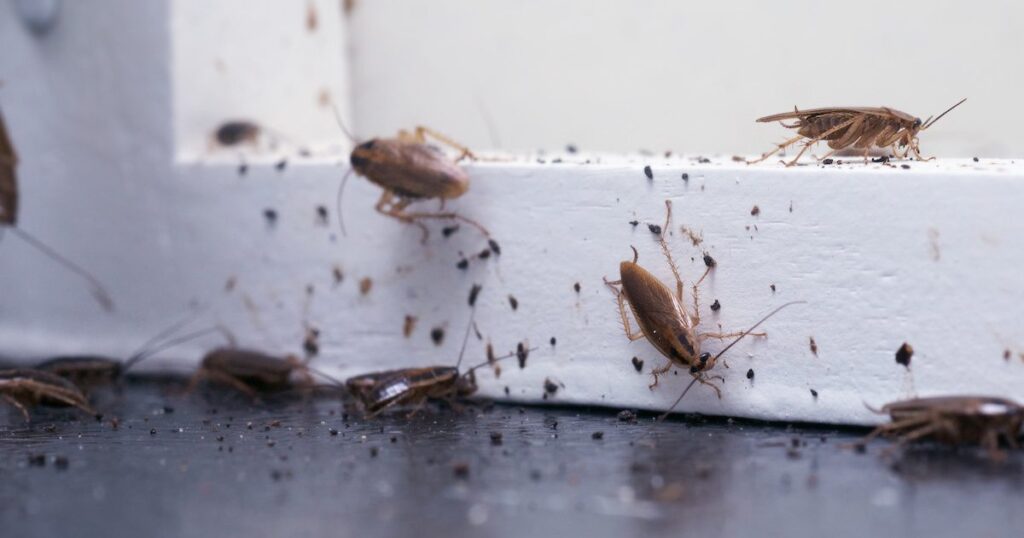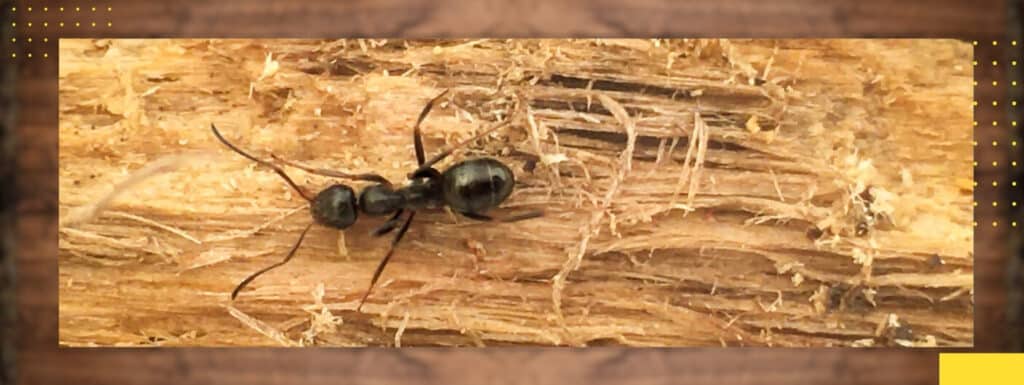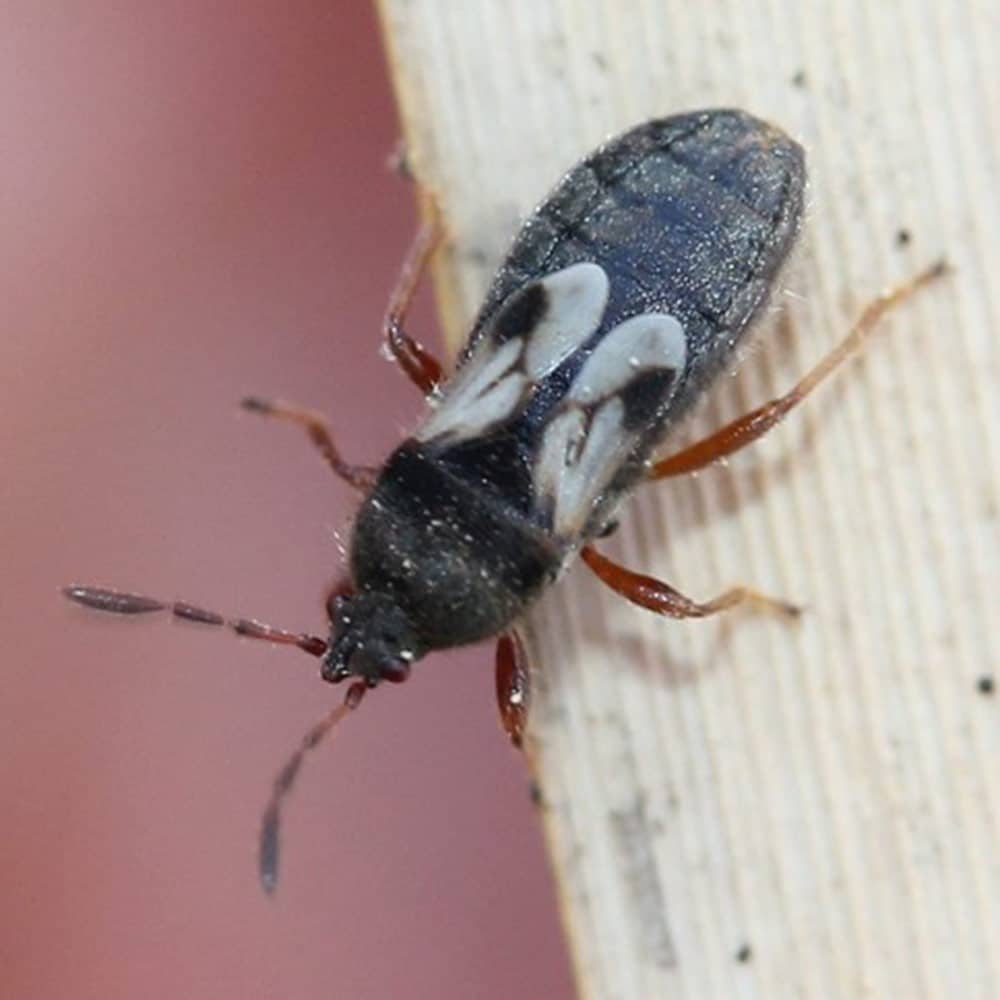The Night Watchman: How To Detect Early Signs Of A Pest Invasion
Have you ever wondered what signs might indicate that your home is becoming a haven for pests? Many overlook the initial warning signs of pest invasions, but recognizing these early indicators can save you from costly damages and health issues. Let’s unravel some of those early warning signs together and get you on the path to pest prevention!
Understanding Pests and Their Impact
Pests are more than annoying; they can seriously affect your living environment. Whether it’s insects, rodents, or other unwanted critters, these invaders can damage property and pose health risks. Understanding what you’re dealing with is the first step to protecting your home.
Common Types of Pests
Various pests tend to invade homes, and knowing the most common culprits can help you identify them early. Here are a few you might encounter:
| Pest Type | Common Signs | Potential Damage |
|---|---|---|
| Ants | Trails of ants, small mounds | Structural damage, food contamination |
| Cockroaches | Droppings, egg cases | Contaminated food, allergies |
| Rodents | Gnaw marks, droppings | Structural damage, fire hazards |
| Termites | Mud tubes, wood damage | Serious structural damage |
| Bed Bugs | Bites on skin, blood stains | Insomnia, skin reactions |
Understanding the types of pests that can invade your home will lay the foundation for effective detection and management.
Why Early Detection Matters
Finding pests early can significantly reduce the extent of the issue. This will help avoid structural damage or health risks, and it can also save you time, money, and a lot of stress down the line.
Health Risks Associated with Pests
Pests can transmit diseases, cause allergic reactions, and affect your well-being. For instance, rodents can carry hantavirus, while cockroaches can trigger asthma attacks in sensitive individuals. Recognizing and addressing infestations promptly is crucial for maintaining a healthy home.
Financial Implications
Ignoring the early signs of a pest invasion can lead to extensive damage, resulting in costly repairs. For example, termite infestations can lead to severe structural problems, potentially costing thousands of dollars in repair fees. You can save yourself from these financial burdens by staying vigilant and working on prevention.

Early Warning Signs of Pest Infestations
Now that you understand the types of pests and the importance of early detection let’s discuss the specific signs you should look for.
Visual Evidence of Pests
Visual sightings are one of the most straightforward ways to know if you have a pest problem. Each type of pest has its characteristics and behaviors.
Ant Trails
If you spot ants marching in a line, it indicates they are on a mission, usually scouting for food. Follow the trail to find where they’re entering your home.
Droppings
Pest droppings, or feces, are a telltale sign of an infestation. The appearance and size of droppings vary by pest. For example, rodent droppings are typically small and dark, while those of larger pests like raccoons are larger and more elongated.
Nesting Materials
Many pests construct nests using various materials. You may have a nesting issue if you find shredded paper, fabric, or other substances tucked away in corners.
Auditory Signs
Sometimes, your ears can tell you what’s happening in your walls, attic, or basement.
Scratching Noises
Hearing scraping or scratching sounds, especially at night, often indicates rodents scurrying about. If you hear this in your walls, it might be time to investigate further.
Buzzing or Clicking
Buzzing sounds often indicate insect infestations, such as bees or wasps. Clicking noises can sometimes suggest wood-boring pests, like termites.
Changes in Home Environment
Keeping an eye on your home’s environment can also provide insights into potential pest problems.
Unpleasant Odors
Foul smells can indicate pests are taking residence. For example, the musty odor associated with rodents or the unique scent of certain insects can hint at an invasion.
Food Spillage or Misplacement
Have you ever returned to your kitchen to find food products disturbed or opened? This can signal pest activity, especially if you notice signs of chewing or nesting materials mingled with your food.
Structural Damage
Apart from droppings and eating habits, look for signs of structural damage, especially in wooden fixtures. Crumbling wood or small holes can indicate pests like termites at work.

Seasonal Activity of Pests
Being aware of seasonal pest activity can help in proactive pest management. Different pests might invade during specific seasons, so knowing what to look for at various times of the year is essential.
Spring – Insect Awakening
As temperatures rise, many insects become active. You might notice ants, bees, or insects searching for food and nesting sites.
Summer – High Activity
This is the peak season for many pests. You may encounter increased rodent activity as young ones become more adventurous or find signs of mosquitoes breeding around standing water.
Fall – Nesting Season
During this time, many pests will seek shelter from the approaching cold. Look for rodents and termites looking for safe spaces to hibernate.
Winter – Seeking Warmth
Though it’s cold outside, pests are still searching for warmth. This is often when they find their way into homes, so checking for signs during this time is essential.
Prevention Strategies
Now that you know what to look for, let’s discuss how you can prevent pests from invading your home.
Maintain Cleanliness
Keeping your home neat is one of the best defenses against pests. Regular cleaning and maintenance can help deter unwanted visitors.
Kitchen Hygiene
- Store food in airtight containers.
- Clean up spills and crumbs promptly.
- Take out the trash regularly and store it in secured bins.
Yard Maintenance
- Trim back bushes and trees.
- Seal entry points around your home.
- Manage standing water to prevent mosquito breeding.
Seal Entry Points
Pests often enter through minute gaps and cracks. Inspect your home for potential entry points and seal them up.
| Common Entry Point | Sealing Options |
|---|---|
| Gaps around windows | Caulk or weather stripping |
| Cracks in the walls | Fill with paintable caulk |
| Openings in the foundation | Use metal mesh, expanding foam, or hard cement |
Landscaping Practices to Deter Pests
Your yard can significantly impact whether pests find their way inside. Here are some thoughtful landscaping tips:
- Keep Mulch at a Distance: While mulch can be attractive, it can also trap moisture. Could you consider keeping it away from the foundation?
- Plant Pest-Repelling Plants: Some plants can naturally repel pests. For instance, marigolds deter various insects, while mint can keep mice at bay.
Regular Inspections
Conduct regular inspections of your property, both inside and outside. Look for cracks, droppings, and any noticeable changes in your environment.
Checklist for Home Inspections
| What to Inspect | Frequency |
|---|---|
| Basement and attic | Monthly |
| Kitchen and pantry | Weekly |
| Garden and yard | Seasonally and after heavy rains |
By developing a routine inspection schedule, you can catch potential issues before they escalate into full-blown infestations.

Seeking Professional Help
In some cases, more than self-inspection and minor preventive measures might be required. Recognizing when to call in the experts is just as vital.
Signs You Need Professional Pest Control
- Overwhelming Infestation: It feels overwhelming if you notice multiple signs of infestations.
- Health Concerns: If you or your family members start experiencing health issues or allergies tied to pests.
- Worsening Damage: If structural damage is progressing at an alarming rate.
Professional pest control services offer treatments that can be more effective than DIY methods. They often provide preventative solutions to keep pests at bay, ensuring long-term relief.
Questions to Ask Professional Services
If you choose to consult a pest control service, ask these questions:
- What methods do you use?
- Are your products safe for children and pets?
- Do you offer preventative solutions?
- How do you handle emergencies?
- What guarantees do you provide?
I can help you select the best service for your needs.
Finding early signs of pest infestations can significantly minimize stress and damage to your property. You’re more likely to maintain a pest-free home by staying vigilant and taking proactive steps. Look for visual evidence, listen for strange sounds, inspect your home’s environment, and stay updated on seasonal pest behavior.
Fostering a clean and well-maintained home is a fantastic foundation for pest prevention. If things do get out of hand, don’t hesitate to seek professional help. You deserve a comfortable haven free from unwanted guests!

==========
Content 10/10/G
